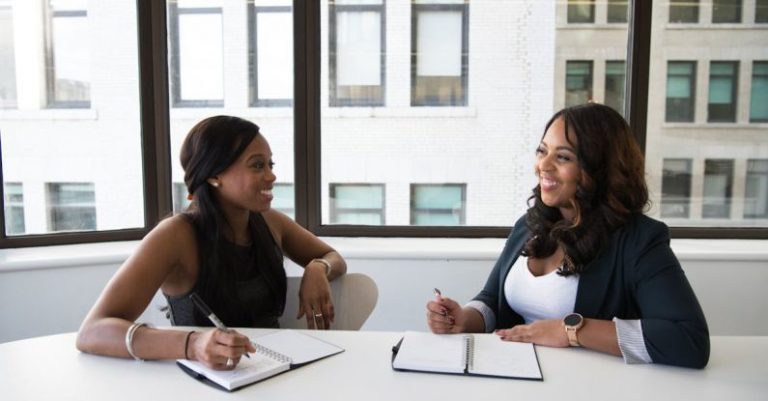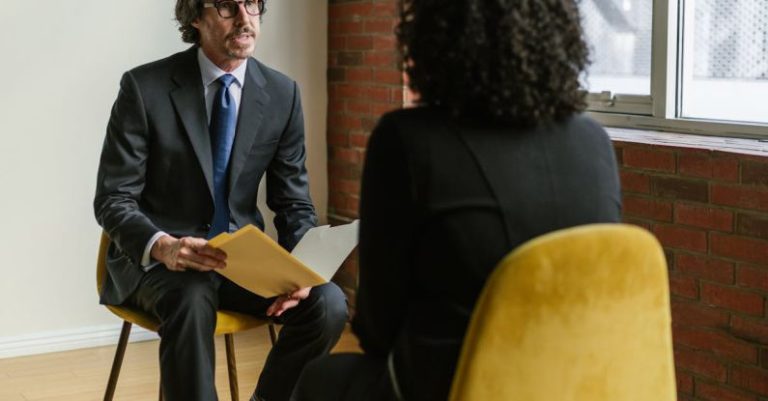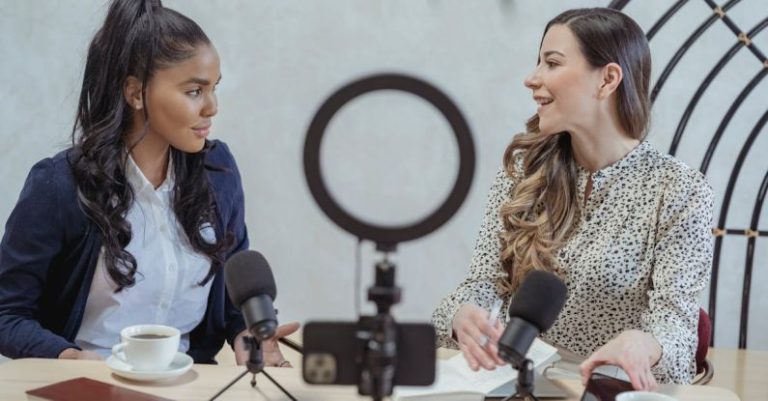Creative Portfolios: Showcasing Your Work in Interviews
Crafting a standout portfolio is crucial in today’s competitive job market, especially when it comes to creative fields. Your portfolio serves as a visual representation of your skills, style, and expertise, making it an essential tool to showcase your work during interviews. Whether you are a graphic designer, photographer, writer, or any other creative professional, a well-curated portfolio can set you apart from the competition and leave a lasting impression on potential employers. Here are some tips on how to effectively showcase your work through a creative portfolio.
**Understand Your Audience**
Before diving into creating your portfolio, it’s vital to understand who will be viewing it. Tailoring your portfolio to your specific audience can help you highlight the most relevant pieces and make a stronger impact. For example, if you are applying for a job at a design agency that specializes in branding, focus on showcasing your branding projects and design process. Understanding your audience’s preferences and requirements will enable you to present your work in a way that resonates with them.
**Curate Your Best Work**
Quality over quantity is key when it comes to building a creative portfolio. Rather than including every project you have ever worked on, carefully curate a selection of your best work that demonstrates your skills and expertise. Choose pieces that showcase your creativity, technical abilities, and unique style. Remember, your portfolio is a reflection of your professional identity, so make sure each piece aligns with the image you want to convey.
**Tell a Story**
A compelling portfolio goes beyond just displaying individual projects; it tells a cohesive story about who you are as a creative professional. Consider the flow of your portfolio and how each piece contributes to the narrative you want to convey. Think about the progression of your work, from the initial concept to the final outcome, and highlight any unique insights or challenges you faced along the way. A well-structured portfolio that tells a story not only engages the viewer but also showcases your thought process and problem-solving skills.
**Show Your Process**
Employers are not only interested in the final product; they also want to see the journey that led to it. Including sketches, drafts, mood boards, and other process work in your portfolio provides valuable insight into your creative process and decision-making skills. Demonstrating how you approach a project from concept to completion can give potential employers a deeper understanding of your capabilities and expertise. Don’t be afraid to showcase your thought process and the iterative nature of your work—it can set you apart from other candidates.
**Embrace Variety**
While it’s essential to have a cohesive portfolio that showcases your strengths and style, don’t be afraid to demonstrate your versatility by including a variety of projects. Having diversity in your portfolio can show potential employers that you are adaptable and capable of taking on different types of work. Whether it’s a mix of client projects, personal work, or experimental pieces, showcasing a range of styles and formats can highlight your flexibility and creativity as a professional.
**Engage the Viewer**
In addition to showcasing your work, consider how you can engage the viewer and make your portfolio memorable. Use high-quality images and visuals that capture attention, and consider incorporating interactive elements or multimedia content to create a dynamic experience. Including brief descriptions or captions for each project can provide context and insight into your work process. Remember, your portfolio is not just a collection of images; it’s an opportunity to make a lasting impression and stand out from the crowd.
**Crafting a Memorable Portfolio**
In a competitive job market, a well-crafted portfolio can be the key to landing your dream job in the creative industry. By understanding your audience, curating your best work, telling a compelling story, showing your process, embracing variety, and engaging the viewer, you can create a portfolio that effectively showcases your skills and sets you apart from the competition. Remember, your portfolio is more than just a collection of projects—it’s a reflection of who you are as a creative professional. Put thought and effort into crafting a memorable portfolio that leaves a lasting impression on potential employers and helps you stand out in interviews.






